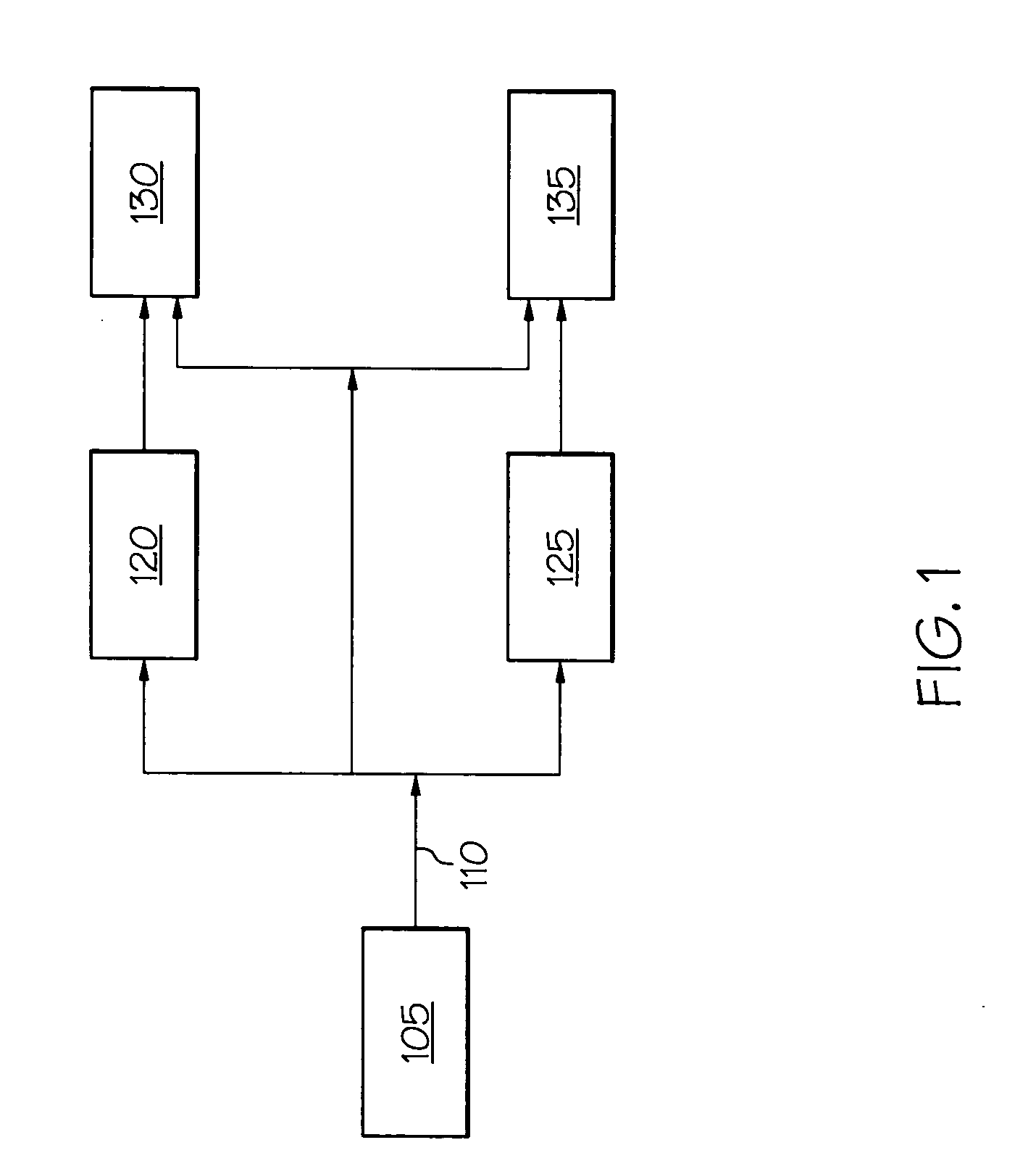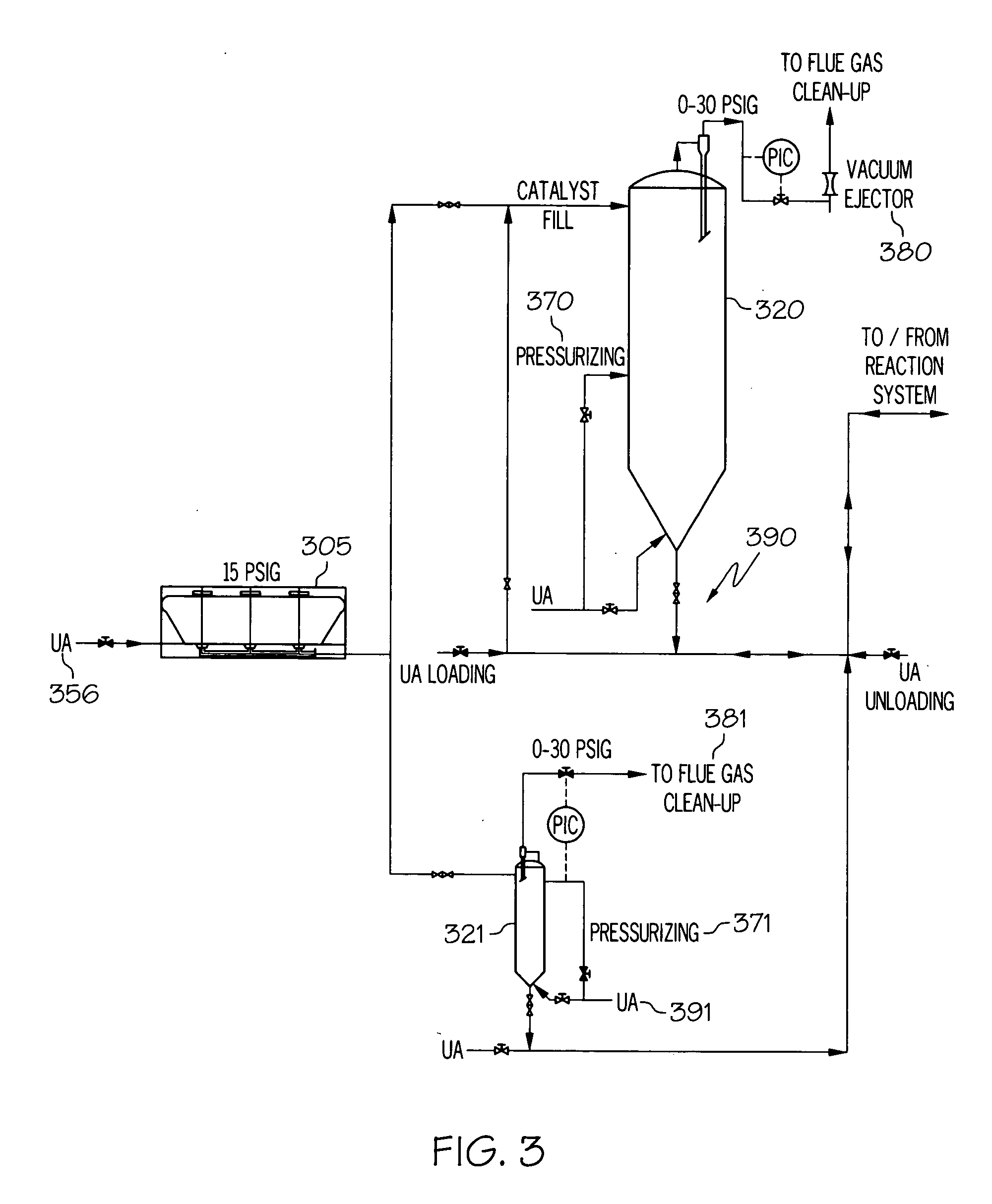Method of transferring catalyst in a reaction system
a technology of solid catalyst and reaction system, which is applied in the field of process or method of adding and moving solid catalyst particles within a reaction system, can solve the problems of increasing the difficulty of protecting activated metalloaluminophosphate molecular sieves from loss of catalytic activity as a result of contact with moisture, and the limited methods of protecting them from the harmful effects of moistur
- Summary
- Abstract
- Description
- Claims
- Application Information
AI Technical Summary
Benefits of technology
Problems solved by technology
Method used
Image
Examples
Embodiment Construction
I. Transfer Methods to Protect Against Loss of Catalytic Activity
[0024] This invention is directed to methods of adding, storing, and moving catalyst particles to and from reaction systems that use catalysts that comprise molecular sieves, particularly metalloaluminophosphate molecular sieves, which are susceptible to loss of catalytic activity due to contact with water molecules. Since many metalloaluminophosphate molecular sieves, particularly silicoaluminophosphate molecular sieves, are susceptible to loss of catalytic activity upon activation and contact with water molecules, the environment of the catalyst particles should be controlled to minimize contact with moisture whenever possible. If activated catalyst is left exposed to water vapor for even short periods of time, a significant loss of catalytic activity can occur.
[0025] According to various embodiments of this invention, the exposure of solid catalyst particles to moisture is minimized during the addition, storage, an...
PUM
| Property | Measurement | Unit |
|---|---|---|
| Pressure | aaaaa | aaaaa |
| Pressure | aaaaa | aaaaa |
| Pressure | aaaaa | aaaaa |
Abstract
Description
Claims
Application Information
 Login to View More
Login to View More - R&D
- Intellectual Property
- Life Sciences
- Materials
- Tech Scout
- Unparalleled Data Quality
- Higher Quality Content
- 60% Fewer Hallucinations
Browse by: Latest US Patents, China's latest patents, Technical Efficacy Thesaurus, Application Domain, Technology Topic, Popular Technical Reports.
© 2025 PatSnap. All rights reserved.Legal|Privacy policy|Modern Slavery Act Transparency Statement|Sitemap|About US| Contact US: help@patsnap.com



